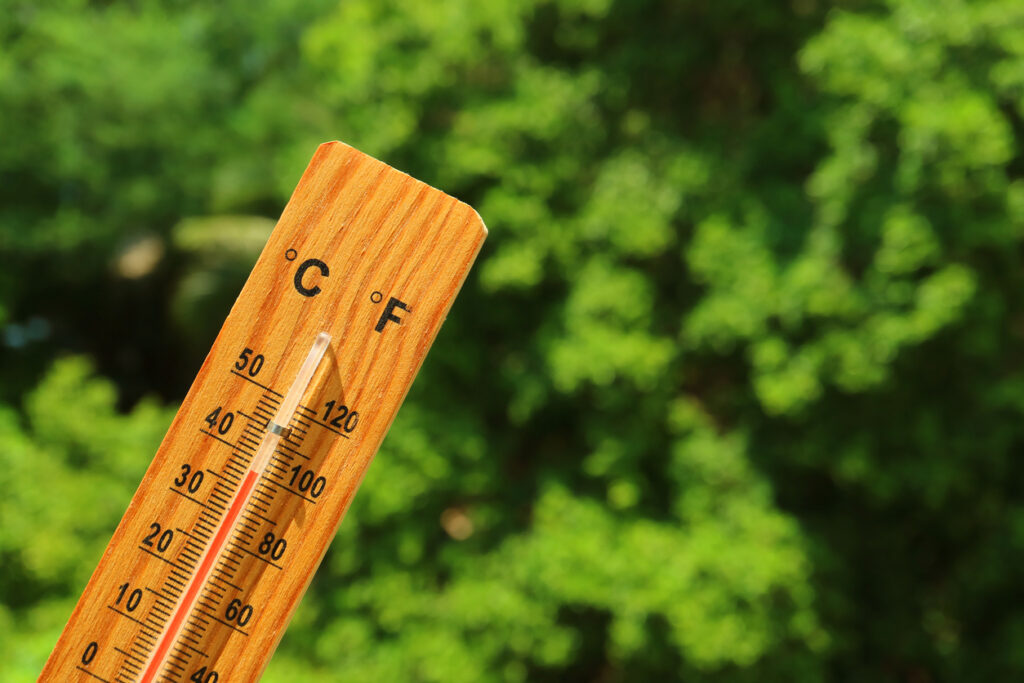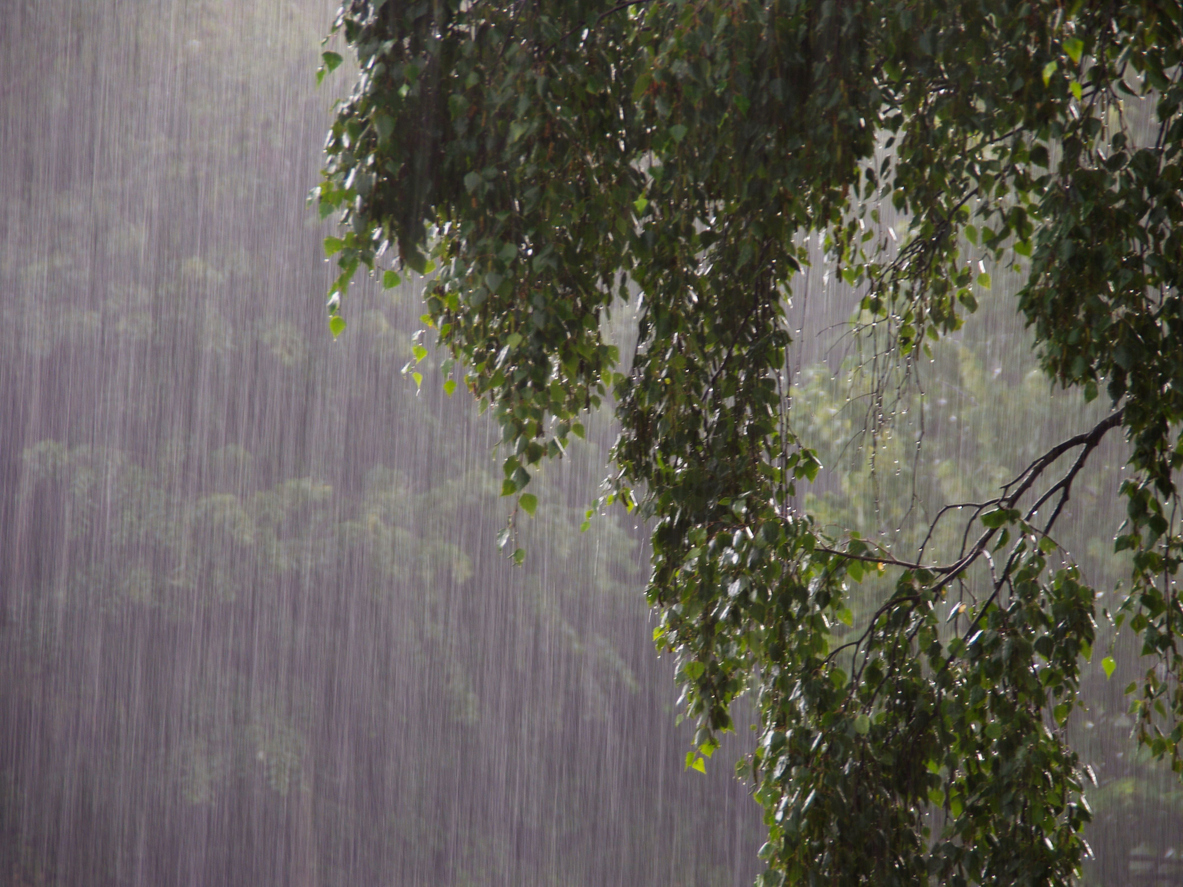Trees are more than just beautiful additions to our landscapes; they are vital to our ecosystem, providing oxygen, shade and habitats for countless species. However, just like any living organism, trees are vulnerable to their environment. Weather conditions play a huge role in tree health, with extreme climates often posing serious threats. Understanding these effects is crucial for homeowners who wish to maintain healthy, resilient trees in their yards.
The Role of Weather in Tree Health
Heat Waves: Extensive heat waves can cause trees stress, leading to dehydration and weakened defenses against pests and diseases. Trees need ample water to survive extreme heat, especially young or newly planted ones.

Cold Snaps: Sudden drops in temperature can cause frost damage to tree tissues, particularly in species not adapted to harsh winters. This can result in dieback, where parts of the tree die off due to cold stress.
Seasonal Shifts: Extreme shifts between seasons, such as an unexpected warm spell in winter followed by a rapid return to cold, can disturb a tree’s dormancy cycle, making it more vulnerable to damage.
Drought Conditions: Drought-stressed trees are more susceptible to disease and insect infestations. Trees lose moisture without adequate rainfall, leading to dehydration.
Heavy Rainfall: While water is essential to a tree’s growth, too much can be detrimental, leading to root rot and other fungal diseases. Poorly drained soils make this problem worse, suffocating the roots due to lack of oxygen.
Snow and Ice: Large amounts of snow and ice can place tremendous weight on tree branches, causing breakage. Additionally, the freeze-thaw cycles can damage tree bark, making it easier for pests and diseases to take over.
High Winds: Strong winds can cause physical damage to trees, breaking branches or uprooting them entirely. Trees with shallow root systems or those already weakened by disease are especially at risk.
Thunderstorms and Lightning: Lightning strikes can be fatal to trees, resulting in immediate death or long-term damage. Thunderstorms often bring high winds and heavy rain, compounding the threat to tree health.
Identifying Weather-Related Tree Damage
Being able to identify weather-related damage early can save your trees from long-term harm. Here are some signs to look out for:
Wilting and Leaf Scorch: Signs of dehydration and heat stress include wilted leaves and leaf scorch, where the edges of leaves turn brown and crispy.
Frost Cracks: Vertical cracks on the trunk or branches indicate frost damage. These are often coupled with oozing sap.
Root Rot: Symptoms of root rot include yellowing leaves, stunted growth, and a general decline in the tree’s health, often after prolonged periods of heavy rain.
Broken Branches: After a storm, inspect your trees for broken or hanging branches. Even minor damage can lead to bigger problems if not addressed right away.
Preventive Measures for Tree Health
Being proactive in your trees’ health is equally important. Here are some effective strategies:
Mulching: Applying mulch around the base of trees helps retain soil moisture during dry periods and provides insulation against extreme temperatures. Don’t pile the mulch against the trunk, as this can encourage rot.
Proper Watering: During dry spells, ensure your trees receive adequate water. Water deeply but not too often. Early morning watering is best to retain moisture.
Pruning: Regular pruning removes weak or damaged branches, reducing the risk of breakage during storms. This also improves air circulation and sunlight absorption, promoting overall tree health.
Selecting Hardy Tree Species
Not all trees are equally affected by weather conditions. Selecting tree species that are well-suited to your local climate (pines, oaks and Dogwoods to name a few) can significantly reduce the risk of weather-related damage. Native trees are adapted to the local climate and are generally more resilient to extreme weather conditions. They are also more resistant to local pests and diseases.
Drought-Tolerant Species: In areas prone to drought, consider planting drought-tolerant trees such as oak, pine or juniper. These species have deep root systems that allow them to access water from deeper soil layers.
Cold-Hardy Species: For regions with harsh winters, choose cold-hardy trees like spruce, fir or maple. These species can withstand freezing temperatures and are less likely to suffer frost damage.
Taking Protective Measures
In addition to choosing the right species, taking protective measures can help safeguard your trees from the effects of severe weather.
Windbreaks: Planting shrubs or smaller trees as windbreaks around larger, more vulnerable trees can reduce the impact of high winds and provide additional protection.
Tree Wrapping: Using burlap or tree wrap helps protect young trees from frost damage during the winter months. This is especially important for species that are not naturally frost-resistant.
Reach out to the Professionals
Weather conditions play a crucial role in the health of trees. Through proper watering, selecting resilient species or consulting with a professional arborist, there are numerous ways to safeguard your trees from the elements. Remember, a little effort goes a long way in nurturing the natural beauty that trees bring to our property and our lives.
Contact the experts at Excel Tree Care to ensure the well-being of your trees. Call (404) 964-6508 for a free estimate. Our fully licensed and insured team is standing by to assist you with your tree care needs. We also offer 24/7 emergency service for any trees that need immediate attention.

